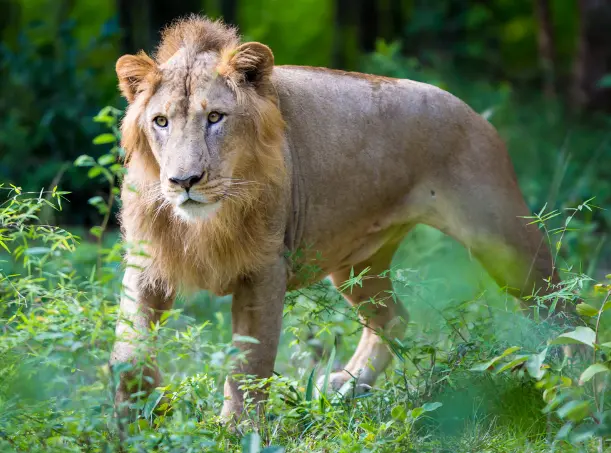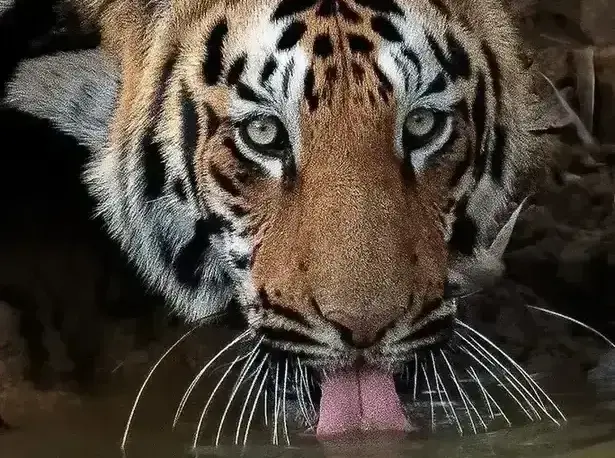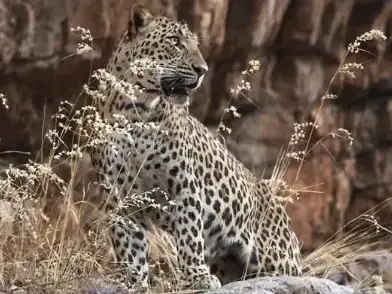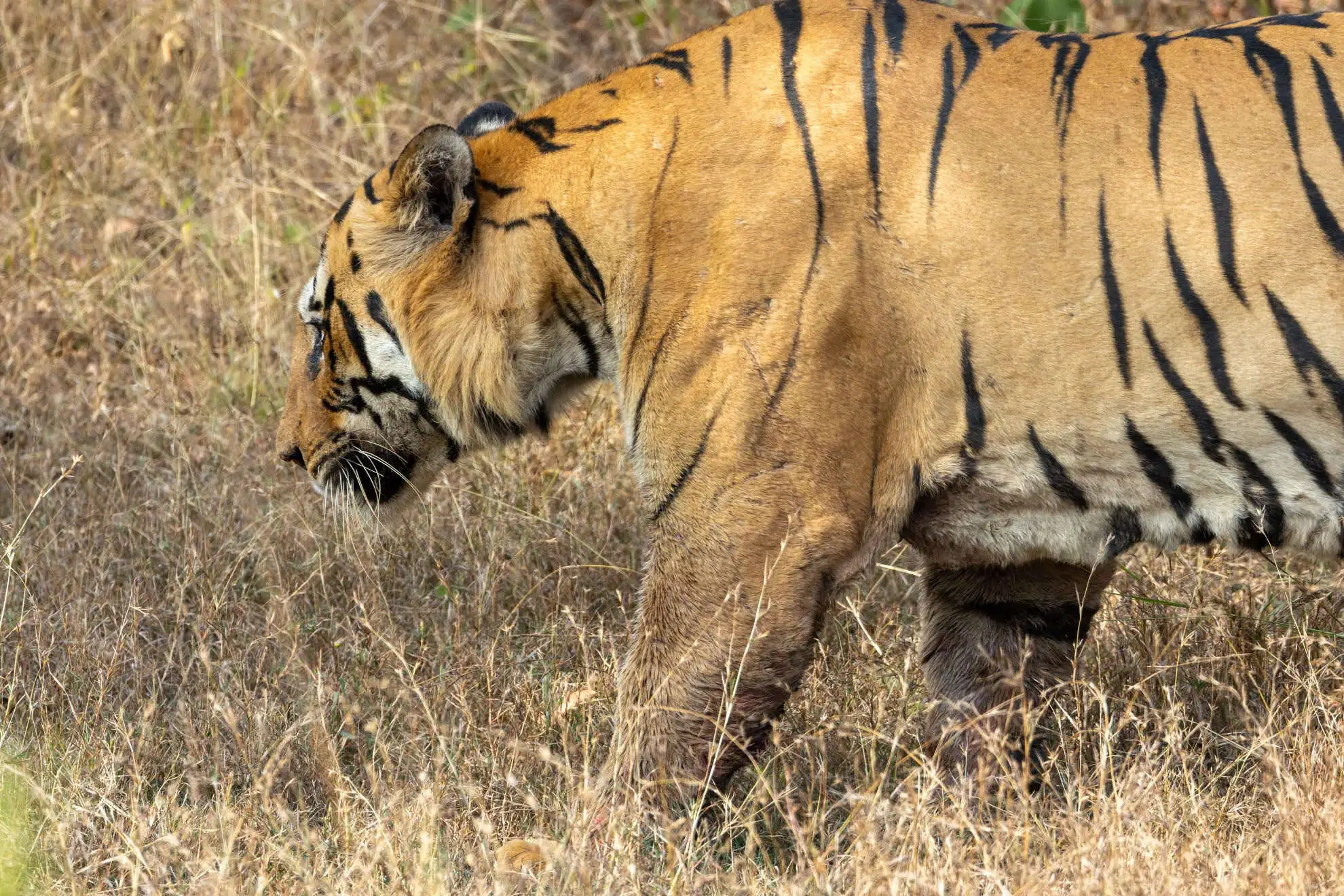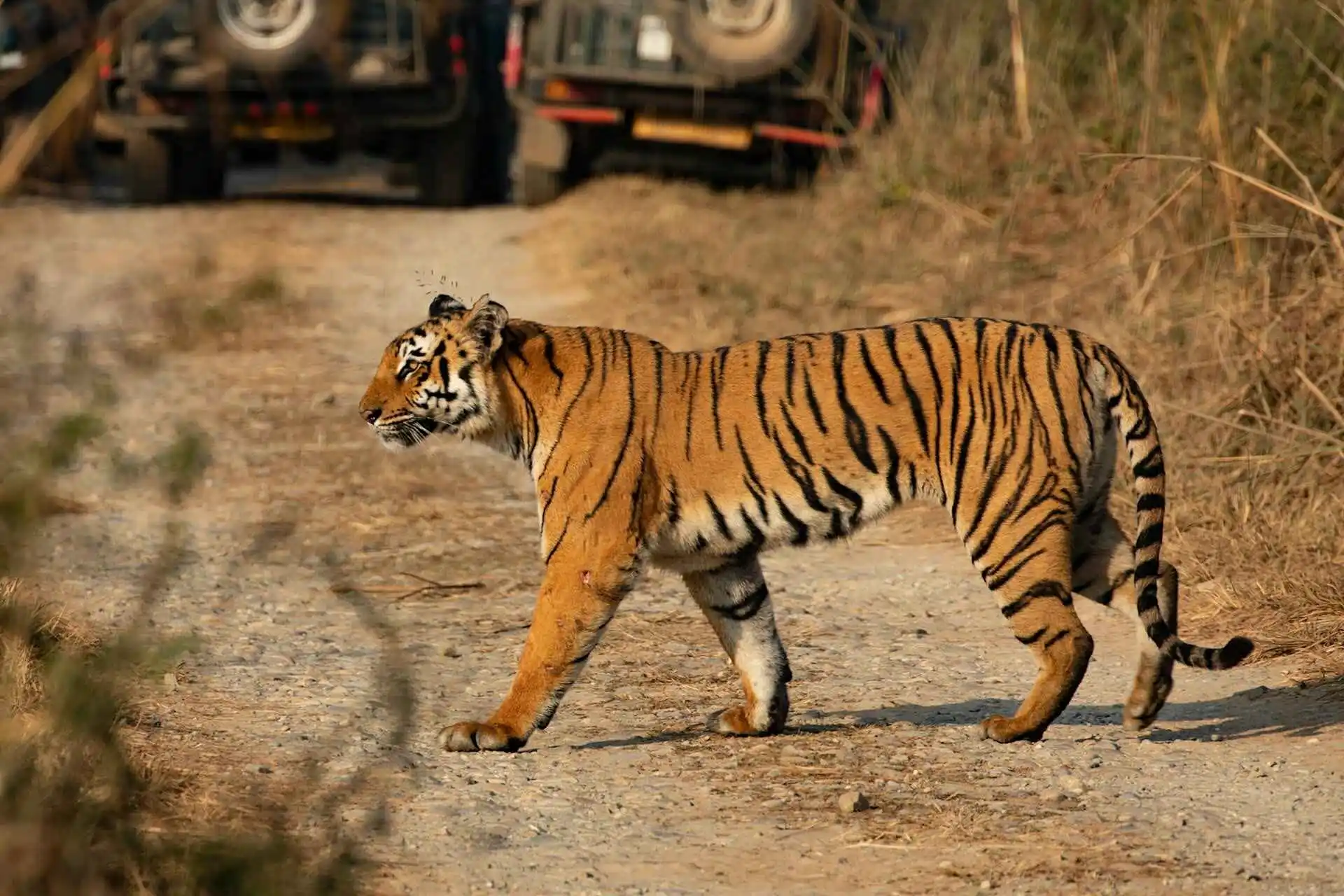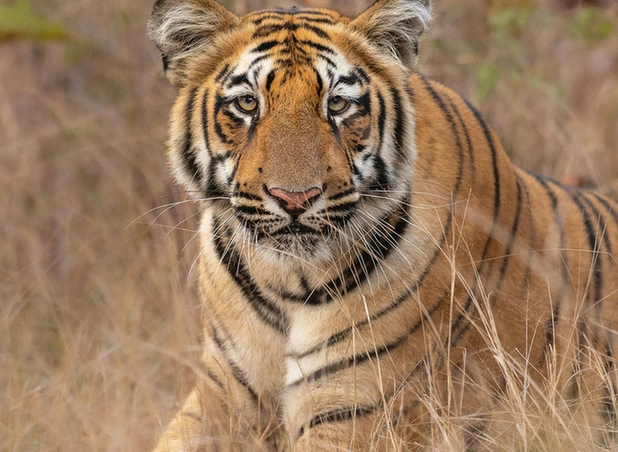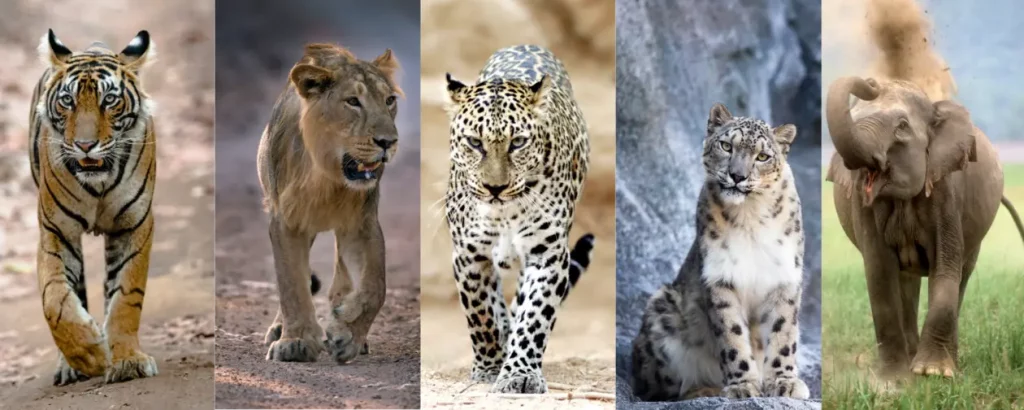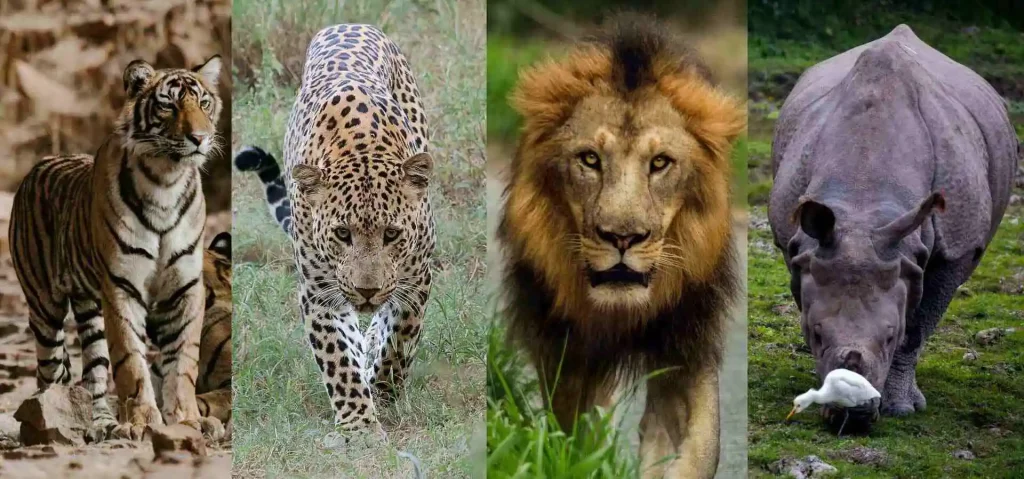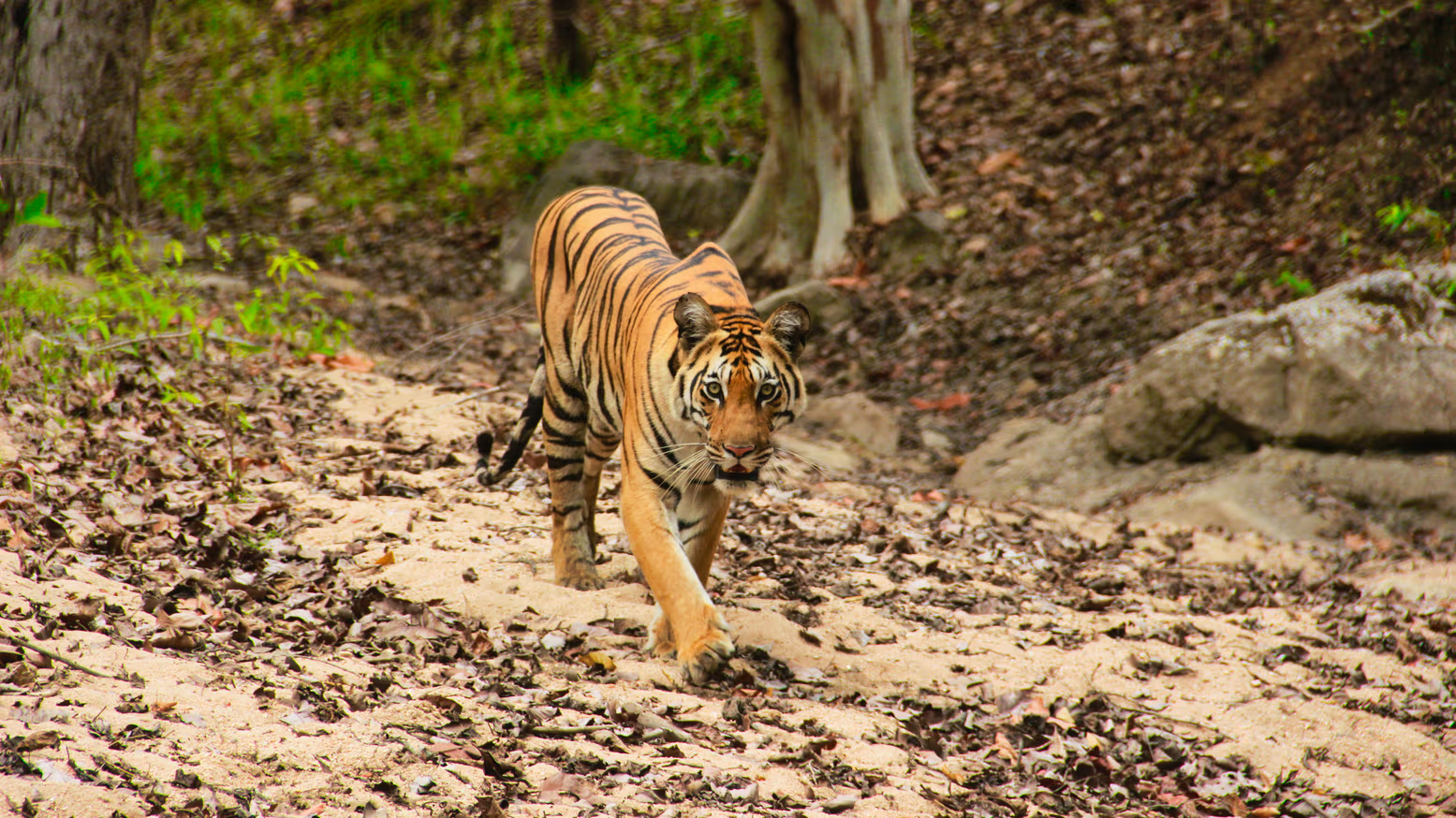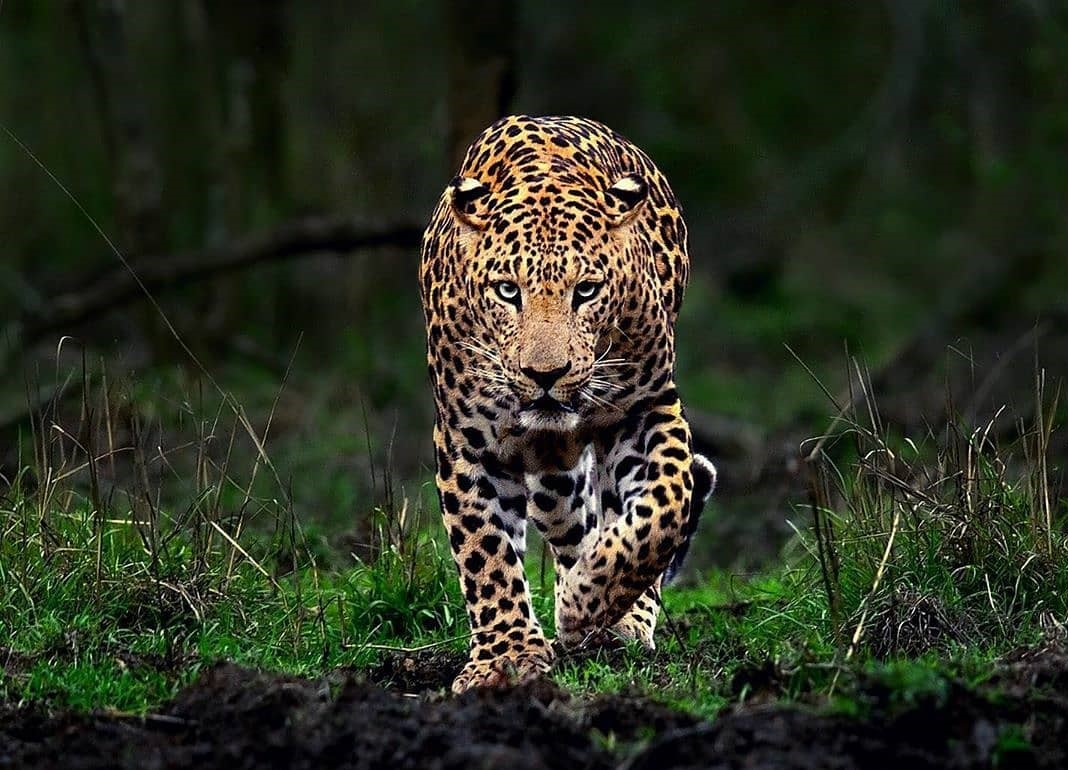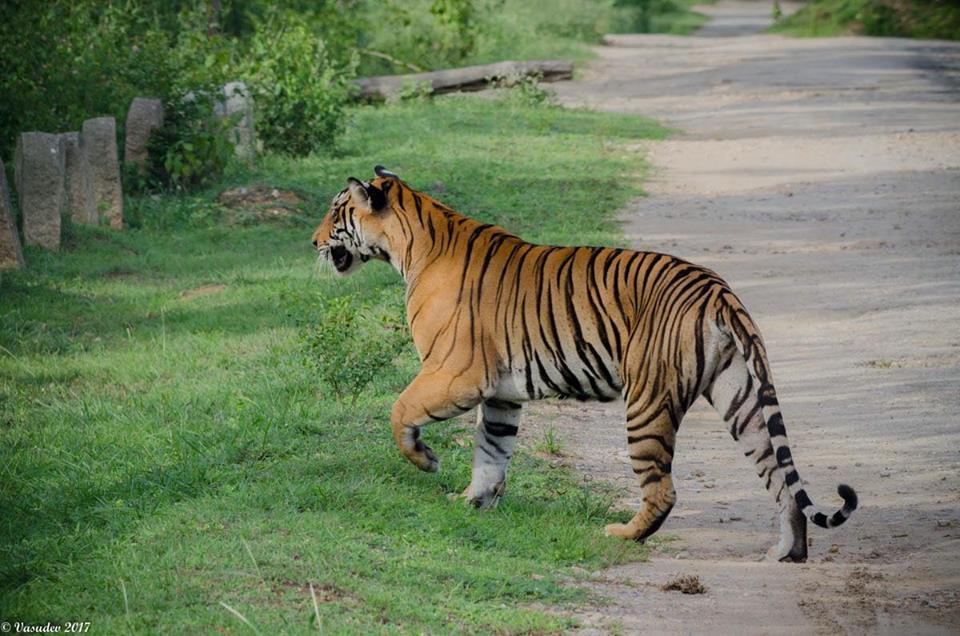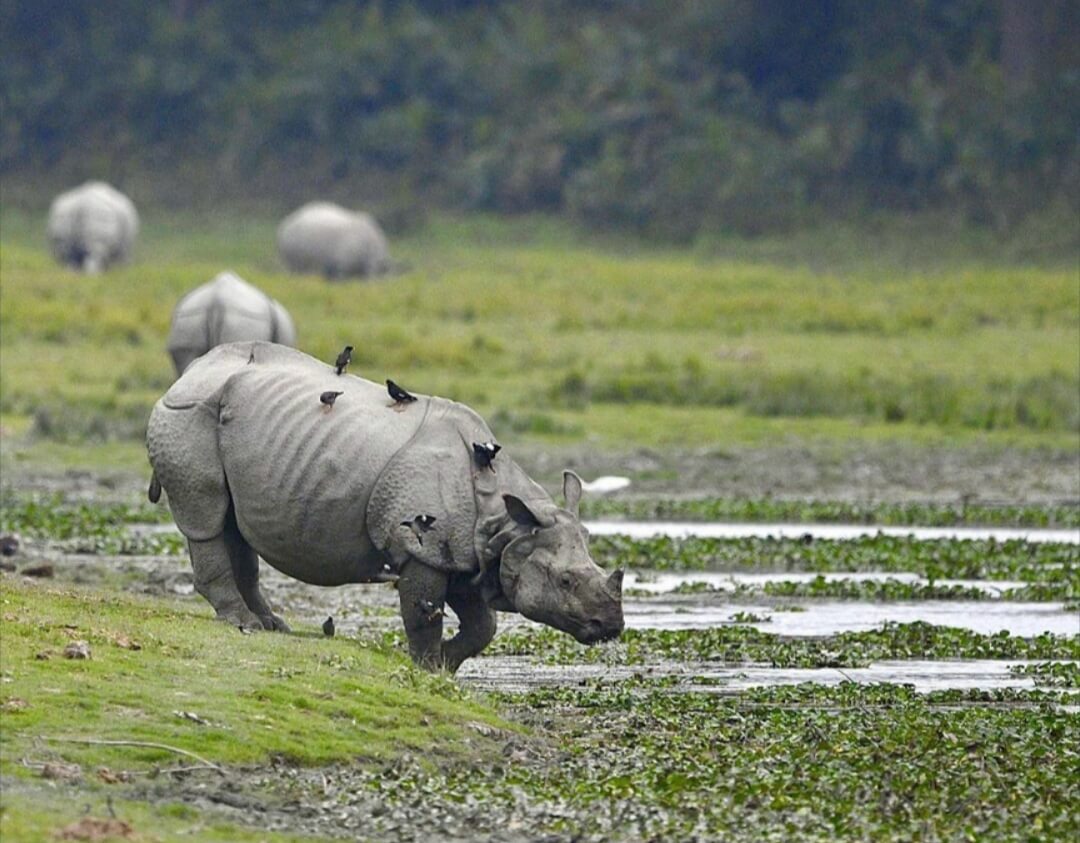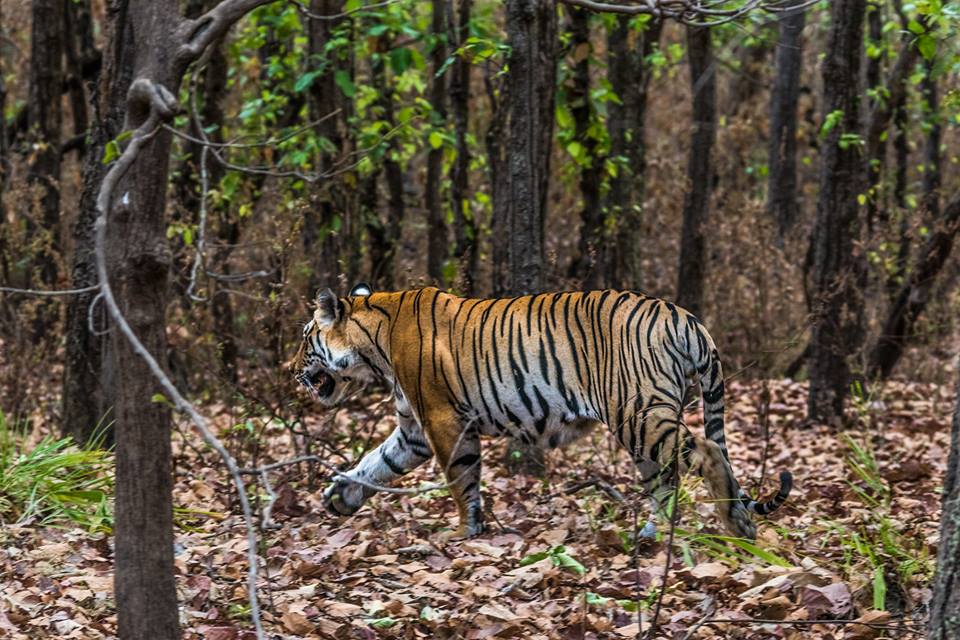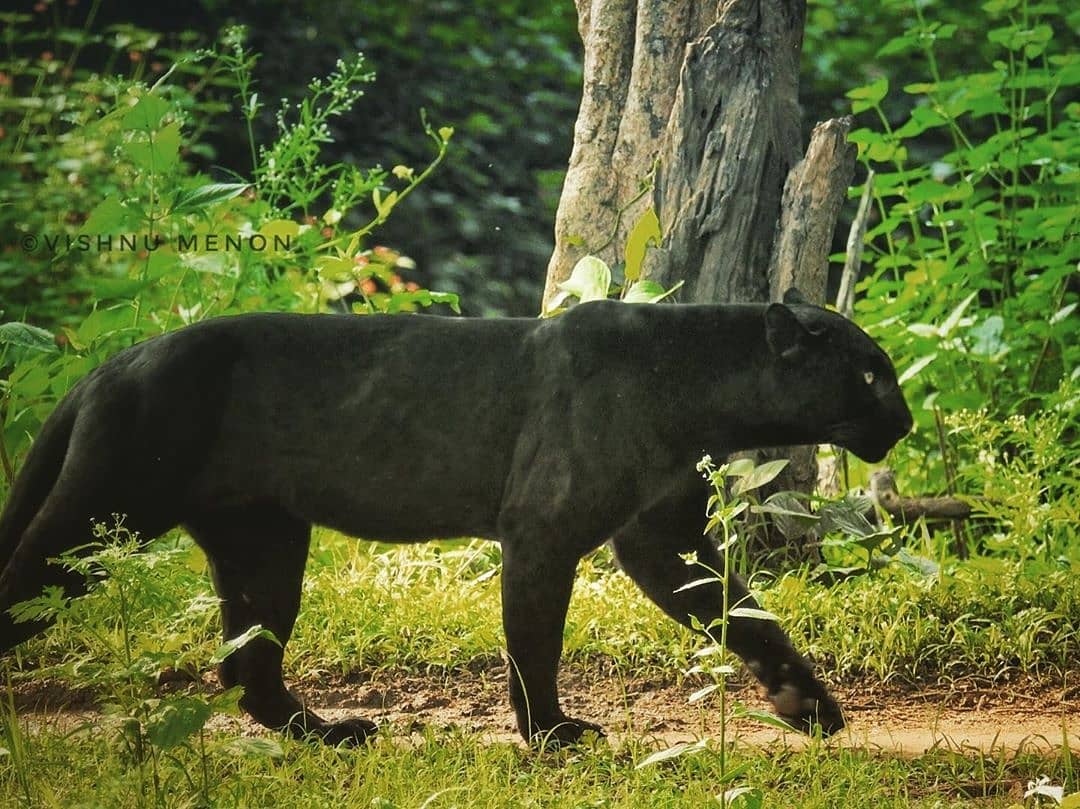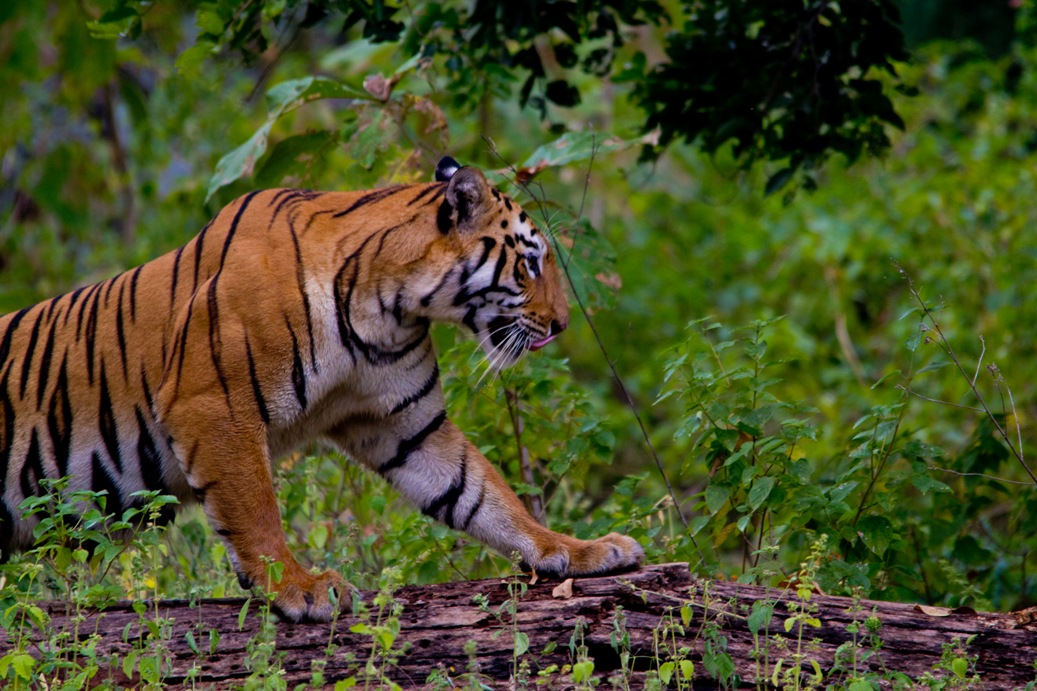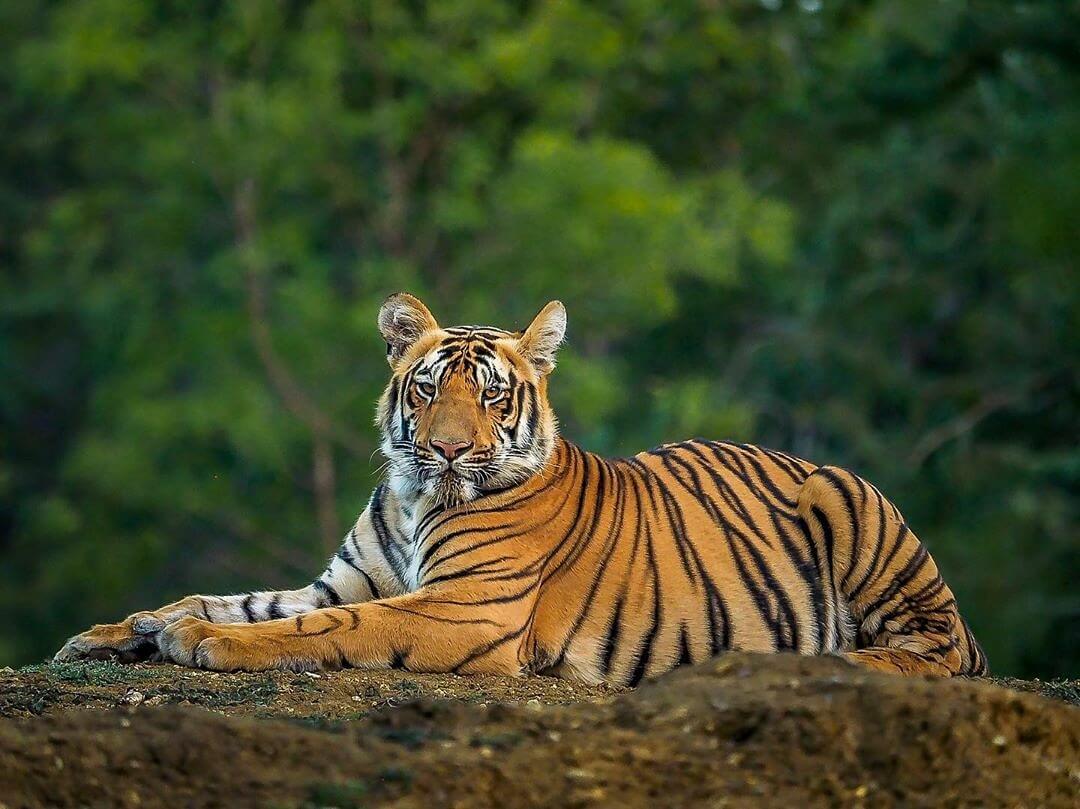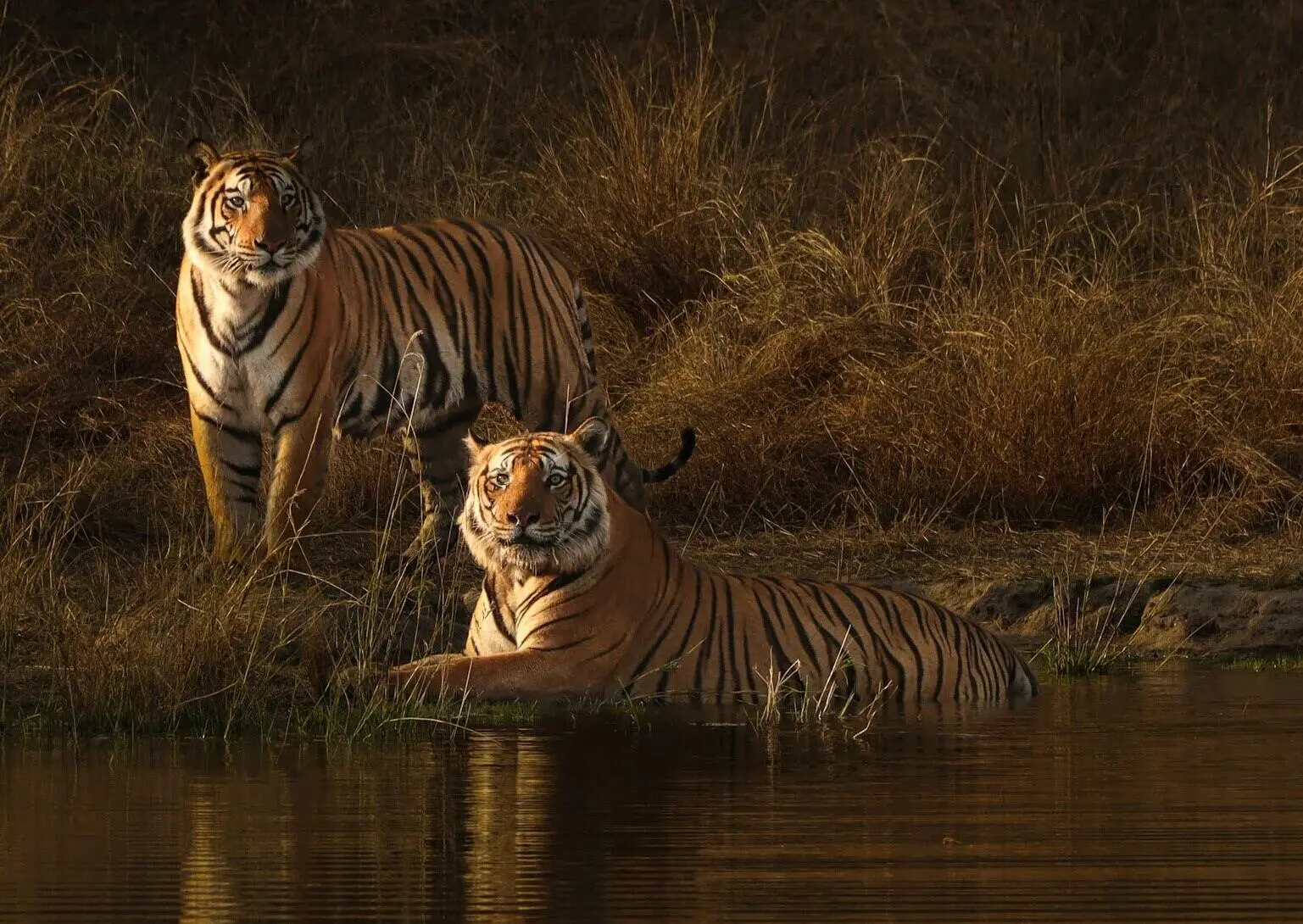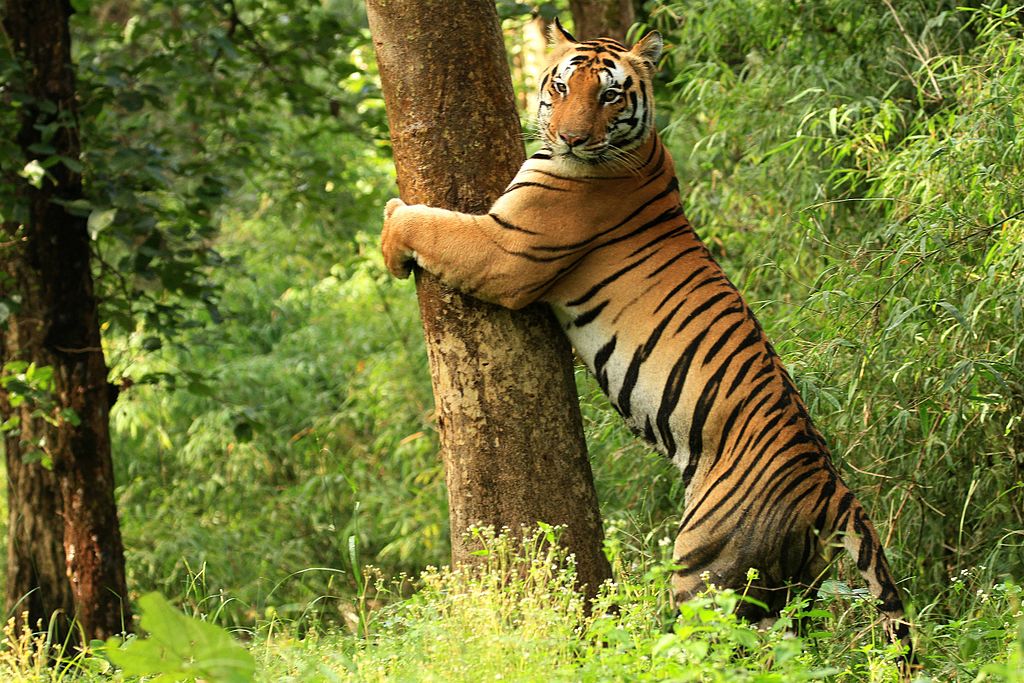India, a land of diverse landscapes and rich biodiversity, has made significant strides in wildlife conservation in recent years. From protecting endangered species to restoring degraded habitats, India has demonstrated its commitment to preserving its natural heritage.
One of the most notable conservation successes in India is the Project Tiger initiative. Launched in 1973, this ambitious project aimed to protect tigers and their habitats. Through rigorous efforts to combat poaching, improve habitat quality, and raise awareness, Project Tiger has helped to increase tiger populations across the country.
Another significant conservation effort in India is the Project Elephant. This initiative focuses on protecting elephants and their habitats, addressing issues such as human-elephant conflict and poaching. Through measures like creating elephant corridors and promoting sustainable livelihoods for local communities, Project Elephant has made a positive impact on elephant populations.
In addition to these flagship programs, India has established numerous national parks, wildlife sanctuaries, and tiger reserves to protect its diverse wildlife. These protected areas provide safe havens for a wide range of species, from tigers and elephants to rhinos and leopards.
However, challenges remain in India’s wildlife conservation efforts. Habitat loss, poaching, and human-wildlife conflict continue to threaten many species. Addressing these challenges requires continued efforts from the government, conservation organizations, and local communities.
India’s commitment to wildlife conservation is a testament to the country’s love for nature and its recognition of the importance of biodiversity. By continuing to protect its wildlife and their habitats, India can ensure a sustainable future for generations to come.
Some of the notable conservation initiatives are:
Project Tiger
Launched in 1973, Project Tiger was India’s flagship conservation program aimed at protecting tigers and their habitats. It has been a great success in increasing tiger populations across the country.
Project Elephant
Focusing on elephants and their habitats, Project Elephant aims to reduce human-elephant conflict and protect these gentle giants. It has implemented various measures to create elephant corridors and promote sustainable livelihoods for local communities.
Project Rhino
This project is dedicated to conserving India’s one-horned rhinoceros population, which was once on the brink of extinction. Through anti-poaching measures and habitat protection, Project Rhino has helped increase the number of rhinos in India.
Project Snow Leopard
Targeting the elusive snow leopard, this project focuses on protecting its high-altitude habitat and combating poaching. It has implemented various measures to support local communities living in snow leopard areas.
Western Ghats Initiative
The Western Ghats, a biodiversity hotspot, is home to numerous endangered species. This initiative aims to protect the Western Ghats ecosystem and its unique wildlife. It has focused on habitat restoration, community engagement, and sustainable development.
Central India Tiger Reserve System
This initiative aims to protect and restore tiger habitats in central India. It has focused on improving connectivity between tiger reserves and reducing human-wildlife conflict.
Vulture Conservation
India has faced a significant decline in vulture populations due to poisoning. This project aims to address the issue of vulture poisoning and promote vulture conservation.
Project Hangul
Hangul, or Kashmir stag, is a critically endangered deer species found in Kashmir. This project aims to protect hangul and their habitat, which has been affected by human activities and climate change.























